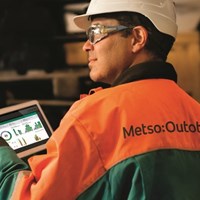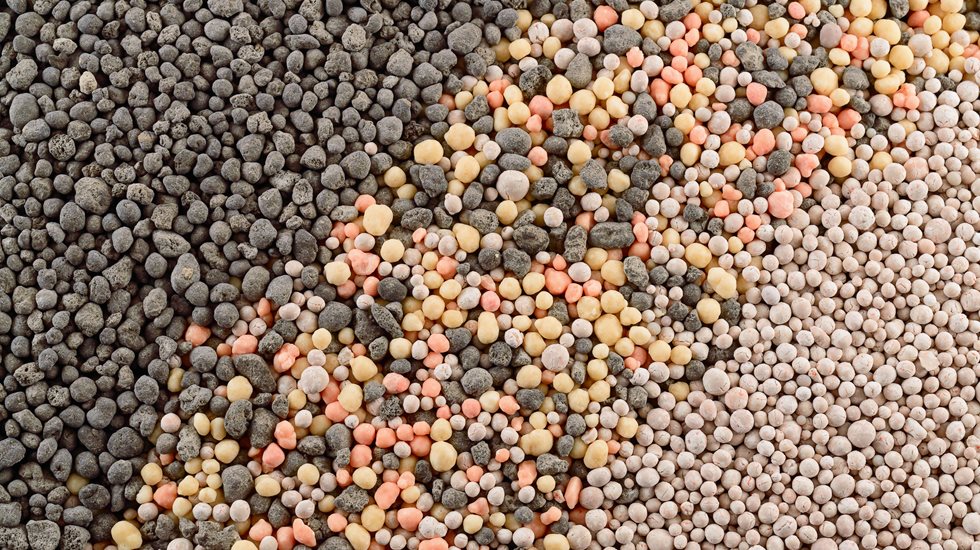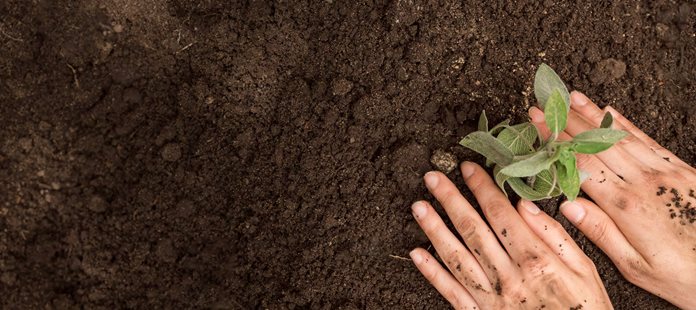Of all the equipment used in this operation, the preferred ones are the dish granulator and the rotating drum. The choice involves some variables. The first one is the physical-chemical characteristic of the raw materials, but three other factors need to be taken into account: required granulation range, estimated amount of recycling and the plant's production capacity. With this data in hand, fertilizer producers can begin to choose.
The dish granulator, suitable for plants with smaller capacities, is an open and more difficult machine for controlling the emission of particulates and vapors. It is also ideal for plants with less fouling products due to its greater cleaning difficulty. The rotating drum, on the other hand, is indicated for plants with greater capacity and where the requirement for a more stable production in terms of granulometry is mandatory. It is a closed system, that is, it allows better pollution control and is more flexible for materials that are difficult to granulate.
Granulation plant involves equipment other than the drum
The advantages of the rotating drum thus make it the usual choice for wet fertilizer production. In addition to the characteristics already mentioned, it is also an equipment of easy construction, operation, with emphasis on the maintenance of the cleaning of the machine. Flexibility is another favorable point: the drum facilitates the mixing of the solid with the liquid phase and promotes rapid grain formation, regardless of the type of raw material and the unit's production capacity.
For those who are going to assemble or expand the plant, it is important to remember that, in addition to the rotating drums used as granulators, dryers, coolers and coaters, a typical granulation involves the application of devices such as conveyors, sieves, mills, bag filters, gases, hot gas generator, and liquid effluent treatment station.


